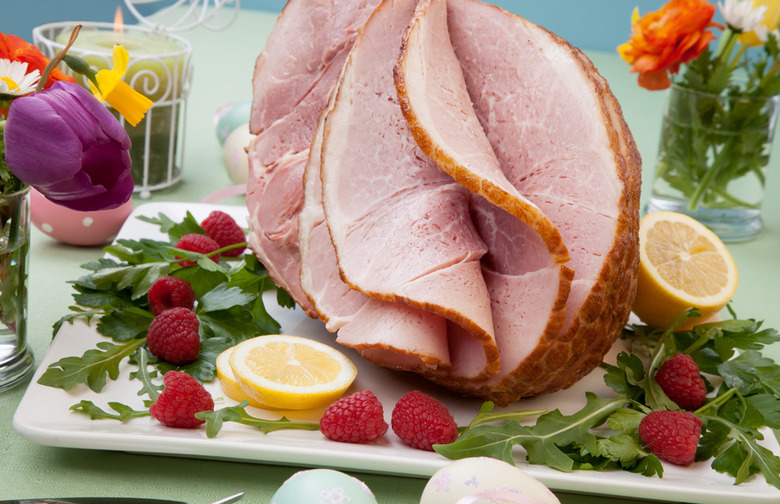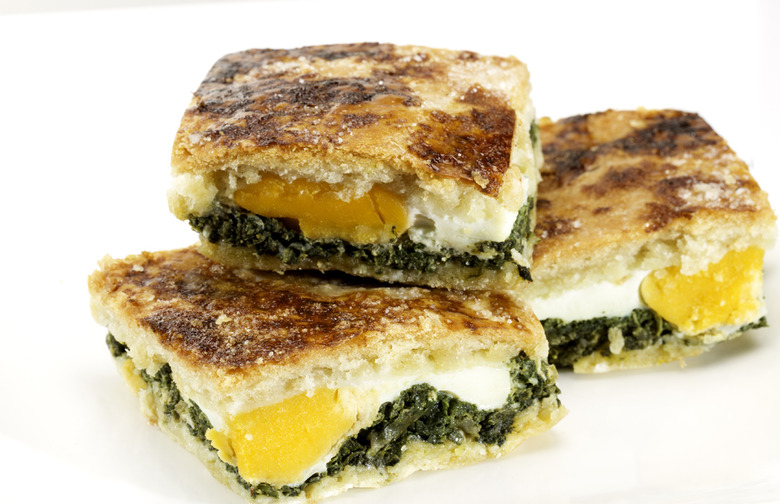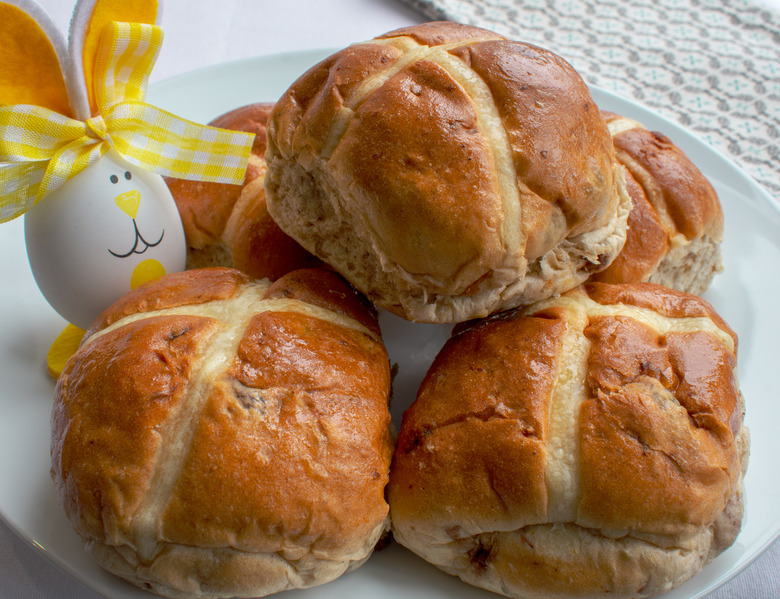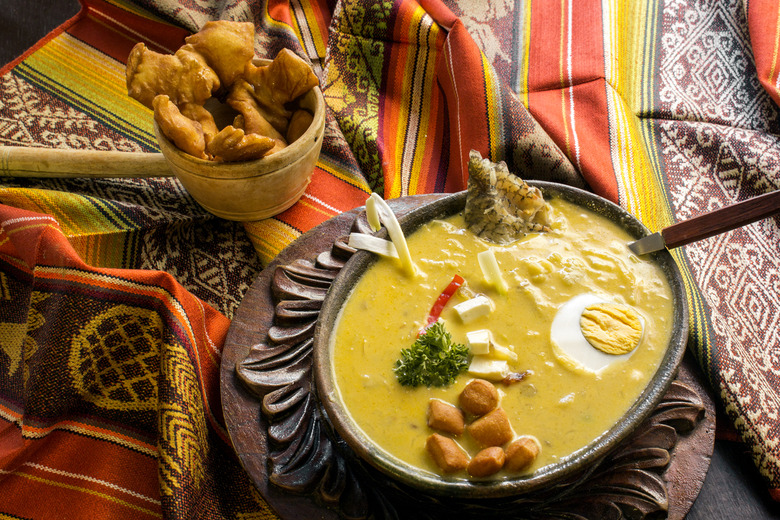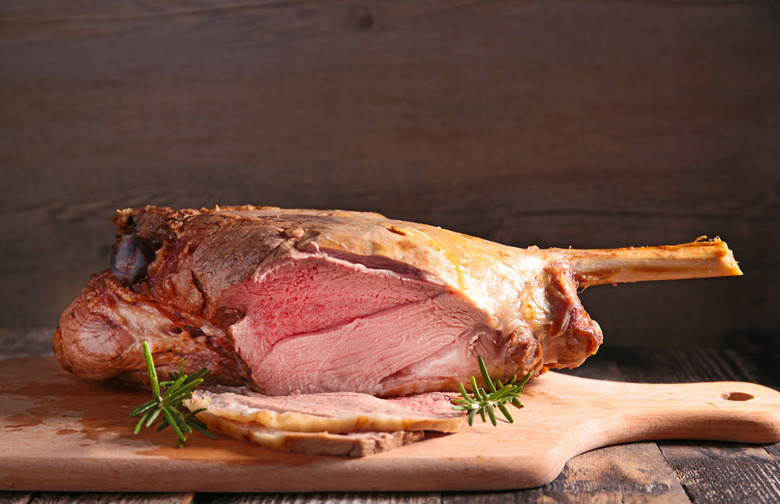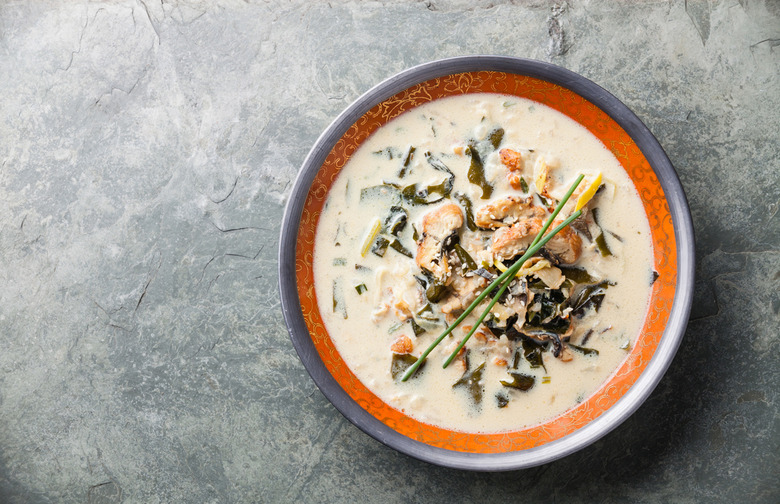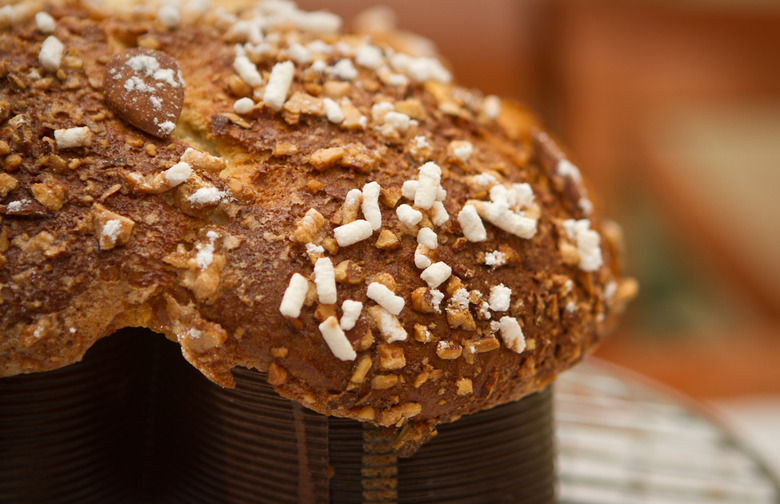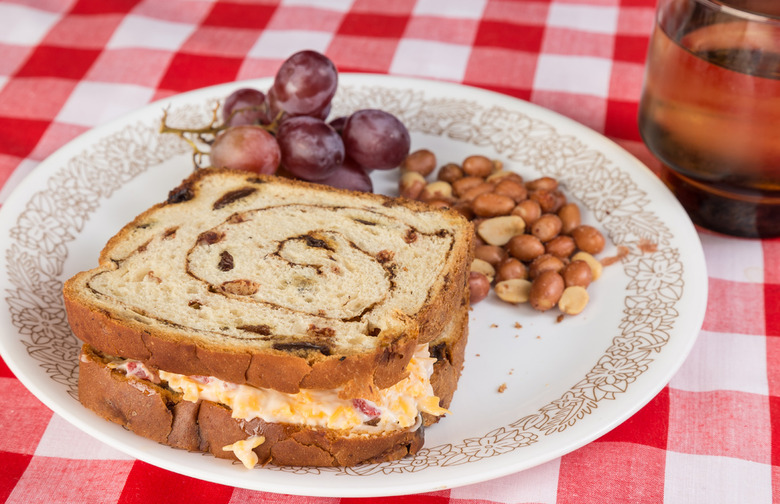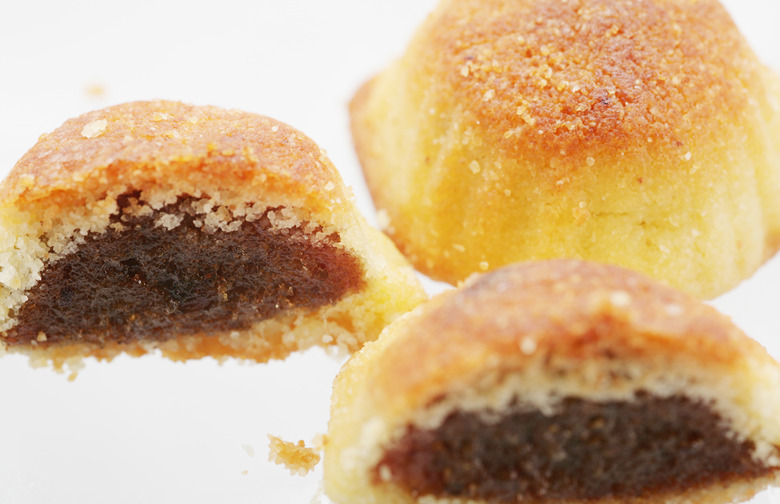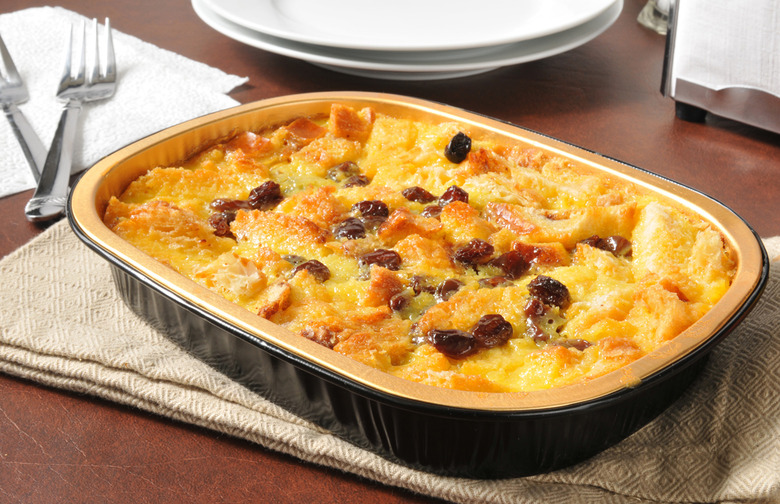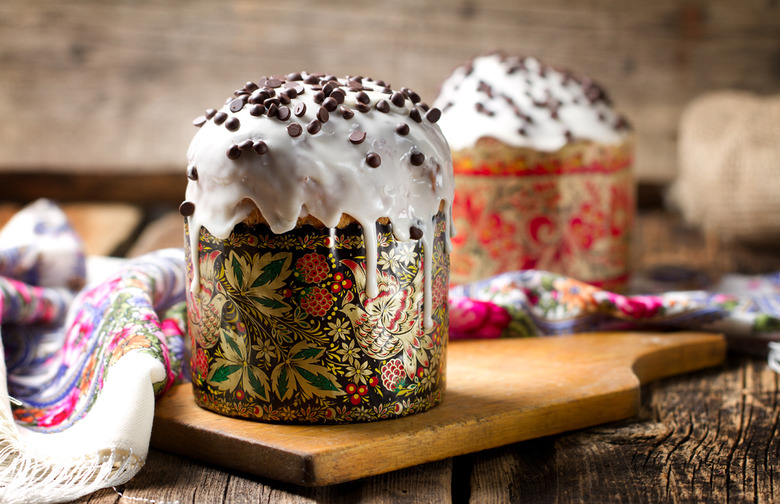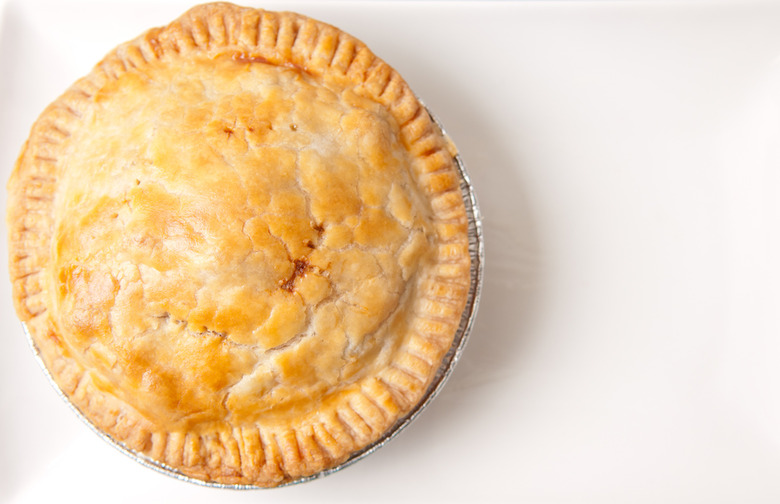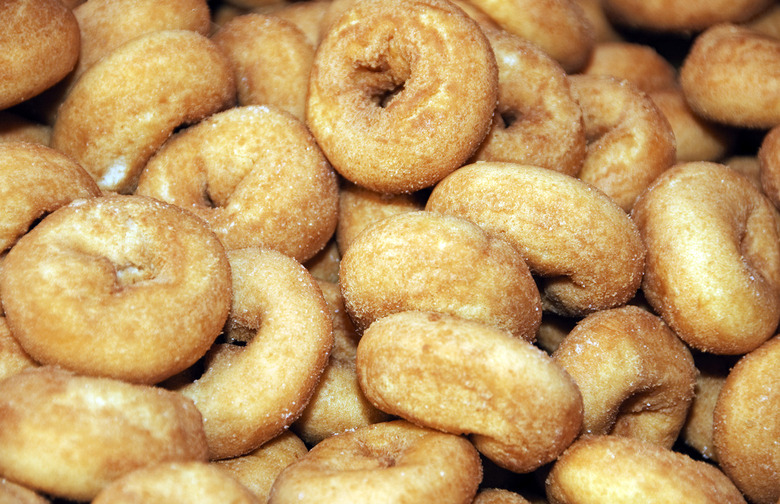Easter Food Traditions Around The World
American children will be expecting an Easter weekend filled with marshmallow Peeps, candy baskets, Easter egg hunts, and a decadent dinner of roast ham and spring vegetables. However, that's not the case for the rest of the world. From Lebanese ma'amoul cookies, to Greek lamb soup, we've taken a look at the many and varied Easter food traditions all around the world.
American Easter Ham
The American tradition of eating ham at Easter started years ago, before refrigeration existed. The animals were traditionally slaughtered in the fall, and, to make the meat last, the meat was cured. The curing process took so long that it wasn't until Easter that the first hams were ready. Ham has thereby become a celebratory Easter dinner centerpiece, which many households in America enjoy every Easter Sunday.
Argentinian Torta Pascualina
Literally translated as "Eastertime Tart," Torta Pascualina, has been a traditional Argentinian Easter dish since the sixteenth century, when the Italian immigrants brought the recipe to Argentina with them. This spinach and ricotta pie has raw eggs cracked into it, which cook as the pie bakes in the oven. When you serve it, every slice has a cross-section of a cooked egg in it, making this pie the prettiest egg-focused Easter celebration dish.
British Hot Cross Buns
These spiced, fruit buns, marked with a white cross, are traditionally eaten on Good Friday morning to signify the end of Lent. The cross on top is there to symbolize Jesus' crucifixion, and it's said that the spices used in the buns represent the spices used to embalm Jesus at his funeral.
Ecuadorian Fanesca
The 12-bean Ecuadorian soup, called 'fanesca,' is only ever cooked at Easter. It's exact recipe and preparation varies from region to region, but it will always include 12 different types of beans and grains, pumpkin, bacalao, and milk. The 12 different grains represent the 12 apostles of Jesus. Catholicism doesn't allow for any meat to be eaten during Holy week, which explains how this meat-free Easter dish came about.
French Roast Leg of Lamb
Roast lamb is a traditional Easter dish in many countries, but a roast leg of lamb is a French Easter staple. Lamb has long been a feature on Easter dinner tables as a symbol of Jesus' sacrifice (lamb is considered a sacrificial animal), and also because it symbolizes new life, as does the spring season.
German Chervil Soup
The Germans call Maundy Thursday 'Gründonnerstag,' which literally means 'Green Thursday.' Although the word didn't originate from the word 'grün' (green), but instead from 'greinen,' which means 'to weep,' it remains a German tradition to eat lots of green vegetables to mark this day which commemorates Jesus' last supper.
Greek Mageiritsa
The Greek Orthodox tradition is to break the fast after the Midnight Liturgy service on Easter Saturday with this lamb soup. This soup is made of lamb offal. The head, neck, intestines, heart, and liver are cooked in this dish as traditionally it was made of the parts of the lamb that were removed before it was roasted for the main Easter meal on Sunday.
Italian Colomba di Pasquale
Every Easter, Italians will enjoy the traditional dove-shaped Colomba di Pasquale bread. This celebratory sweet bread, dotted with candied peel, is shaped like a white dove, as a symbol of peace. It was originally made in the northern Italian region of Lombardia, but is now enjoyed all over the country every Easter weekend.
Jamaican Bun and Cheese
The Jamaican Easter tradition of eating a spiced bun with cheese is a result of the British bringing the Good Friday hot cross bun tradition over to this island. The Jamaican bun has evolved from the hot cross bun to become a darker loaf, rich with spices and mixed dried fruit. It's always eaten with a slice of canned or processed cheese, and this combination has become engrained in the Jamaican Easter traditions.
Lebanese Ma’amoul
Sweet Lebanese ma'amoul cookies are traditionally prepared on Good Friday, baked on Easter Saturday, and eaten on Easter Sunday every year. The semolina shortbread exterior is sugar-free, said to symbolize Jesus' sad death, while the dried fruit and sugary nut filling is joyfully sweet, to symbolize Jesus' resurrection.
Mexican Capirotada
This exotic bread pudding is a traditional dish made on Ash Wednesday in Mexico. All its ingredients are laden with symbolism to remember Christ's suffering on the cross: The bread represents Jesus' body, the syrup reminds us of his blood, the cloves are the nails on the cross, the cinnamon sticks echo the wooden cross, and the melted cheese is a symbol of the Holy Shroud.
Russian Kulich
This tall, soft, fruit-studded sweet bread is eaten in Russia at Easter to break the fast of Lent. The bread requires a lot of rising and oven time, and is only ever made for the Easter weekend. It's a classic Easter sweet, which is quite similar to the more commonly known Italian panettone, in shape, texture, and flavor.
Sicilian Easter Lamb Pie
Throughout Sicily, this rich, herbal lamb pie is eaten on Easter Sunday. Each family has their own unique recipe which they follow. The most traditional recipes use the whole leg of lamb — bones included. Using the bones in the pie makes for a stronger, juicier filling, and typically the meat of a very young, spring lamb would be used.
Spanish Rosquillas de Semana Santa
Swedish Semlor
Traditionally eaten on Shrove Tuesday, as the last festive sweet treat before the period of fasting in Lent, these cardamom-spiced buns, filled with almond paste and whipped cream, are an extremely popular Scandinavian treat. Now, however, the Swedish are not as strict with fasting as they once were, and these buns are enjoyed every Tuesday between Shrove Tuesday and Easter.

